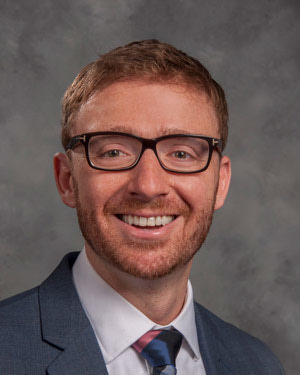
Anthony Sochet, MD, MS, is an associate professor of anesthesiology and critical care medicine at Johns Hopkins University School of Medicine, as well as a pediatric intensivist and translational scientist at Johns Hopkins All Children’s Hospital, St. Petersburg, Florida.
With colleagues Amy Kiskaddon, PharmD, MBA, and Neil Goldenberg, MD, PhD, both also of Johns Hopkins University School of Medicine, Dr. Sochet coauthored a review article published in Blood on pharmacologic thromboprophylaxis for pediatric patients. He recently spoke with Heme Today on this subject.
According to Dr. Sochet, clinicians’ current decision-making about pharmacologic thromboprophylaxis use for pediatric inpatients is beset by major knowledge gaps. Because clinical trial data have been limited, there is a lack of standardized guidance and wide variance in how clinicians approach situations in which thromboprophylaxis must be considered.
“It is not as clear cut as it is with our adult counterparts in regards to when to apply what type of thromboprophylaxis, and as a result, there actually are no universal guidelines for the implementation of such among children,” Dr. Sochet explained.
Dr. Sochet pointed out that clinicians in these situations, who must balance risks of bleeding and clotting, also face a lack of data on bleeding risk among pediatric inpatients. Moreover, out of concern about such bleeding risk in patients with already elevated risk, clinicians often apply mechanical thromboprophylaxis alongside or in place of pharmacologic thromboprophylaxis.
“The actual evidence that’s there is even more scarce than what exists for the anticoagulant thromboprophylaxis. That’s concerning for us as providers and as scientists because we may be approaching that wrong,” Dr. Sochet elaborated.
The review article coauthored by Dr. Sochet and colleagues was an effort to address these knowledge gaps and aid clinicians’ care choices regarding pharmacologic thromboprophylaxis use for pediatric inpatients. In this article, they establish a set of clinical scenarios commonly faced by a wide range of healthcare professionals and then describe care approaches that have a reasonable basis in available observational and phase 2 trial evidence.
“We do suggest some strategies that are, I think, acceptable amongst a consensus reader group but that would be easily debatable. I would just the same argue against, maybe, some of our pragmatic approach because we know that the work still needs to be done,” Dr. Sochet clarified.
Dr. Sochet pointed out that there are inpatient risk models, such as from the Children’s Healthcare Advancements in Thrombosis Consortium, available to help stratify patients’ anticoagulant needs. Certain clinical features, such as the presence of a central venous catheter or an infectious inflammatory process, consistently show a link to thromboembolism risk, and a few phase 2 and 3 trials are under way to investigate pharmacologic thromboprophylaxis in certain pediatric subpopulations.
However, Dr. Sochet stressed the need for more multicenter collaborative trials to evaluate anticoagulant therapies for pediatric inpatients.
“Until those are completed, how we approach thromboprophylaxis is very subjective and limited to the evidence that currently is present,” he remarked.
Dr. Sochet expressed confidence that more evidence will become available within the next 5 to 10 years, which will help guide clinical decisions about pediatric thromboprophylaxis.
“I think the future is bright in that we may find ourselves soon studying non-anticoagulant- based pharmacologic thromboprophylaxis therapies, which may be bleeding risk sparing or reduced, which is excellent,” Dr. Sochet concluded.
Photo Source: Johns Hopkins Medicine

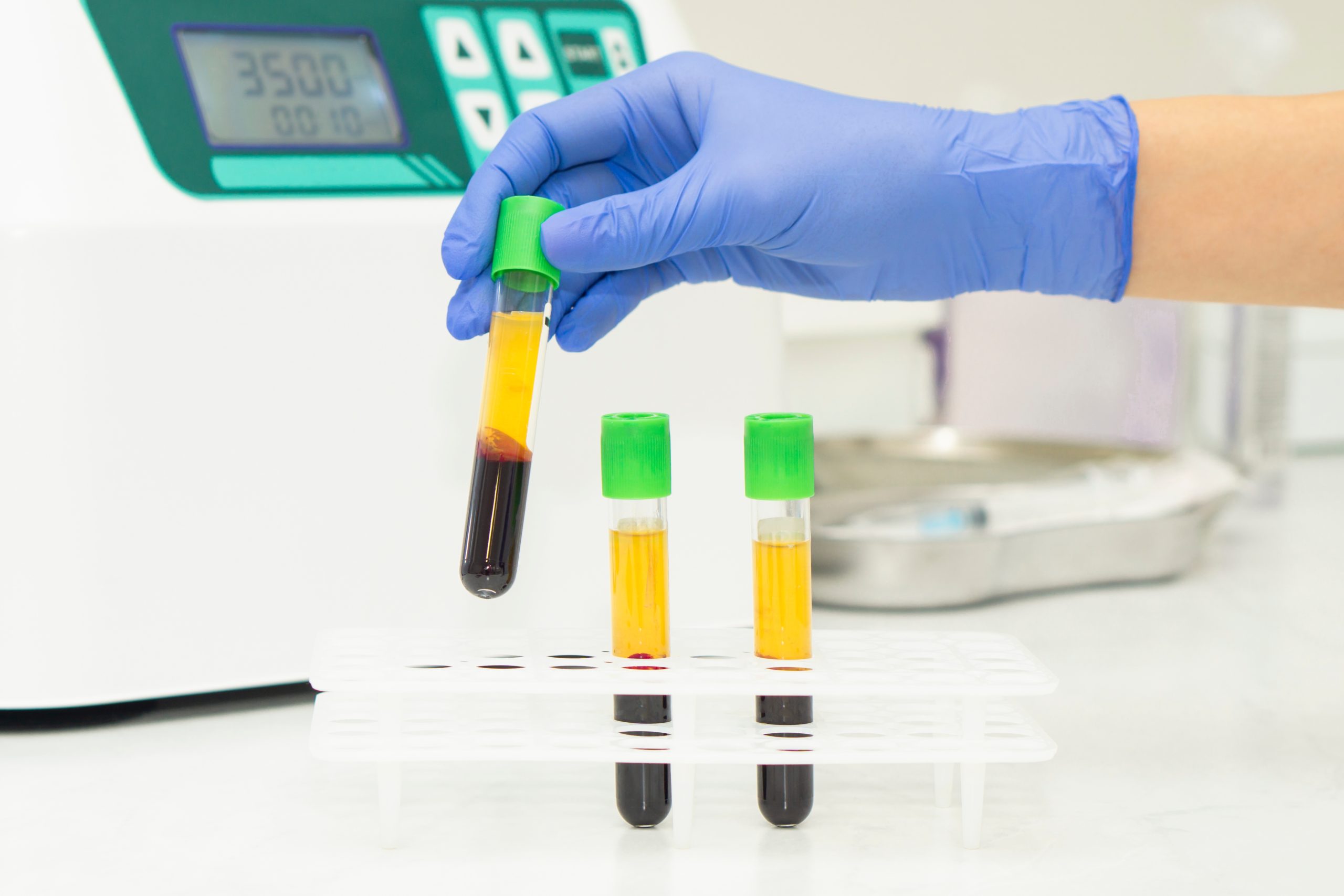
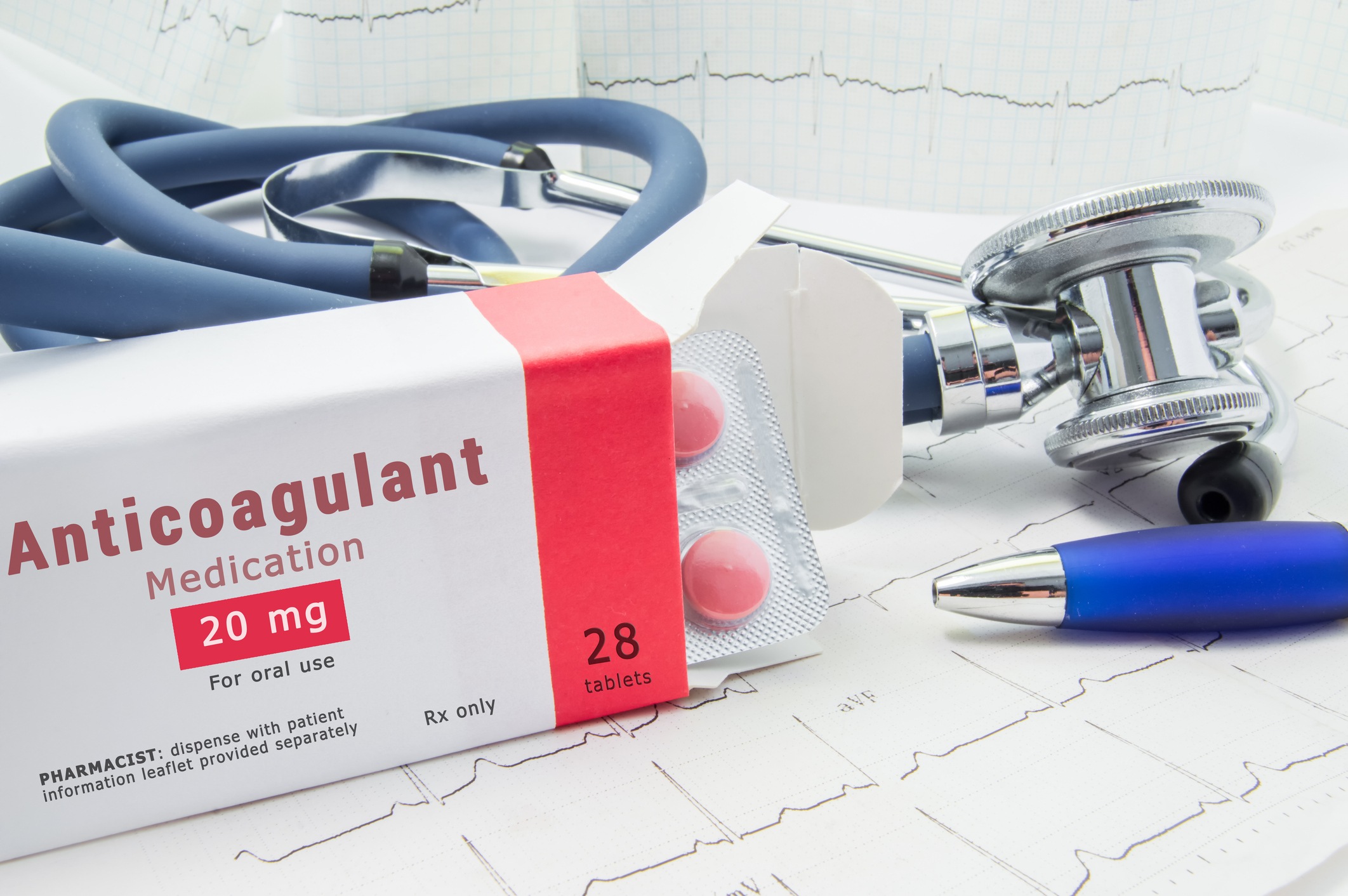

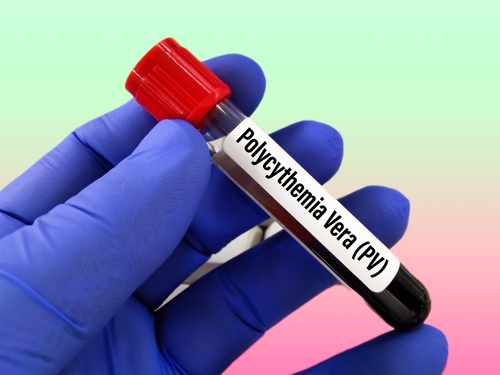
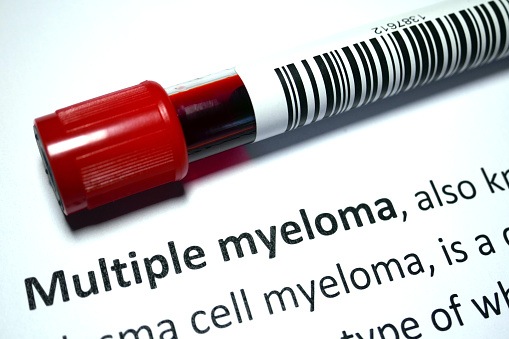

 © 2025 Mashup Media, LLC, a Formedics Property. All Rights Reserved.
© 2025 Mashup Media, LLC, a Formedics Property. All Rights Reserved.